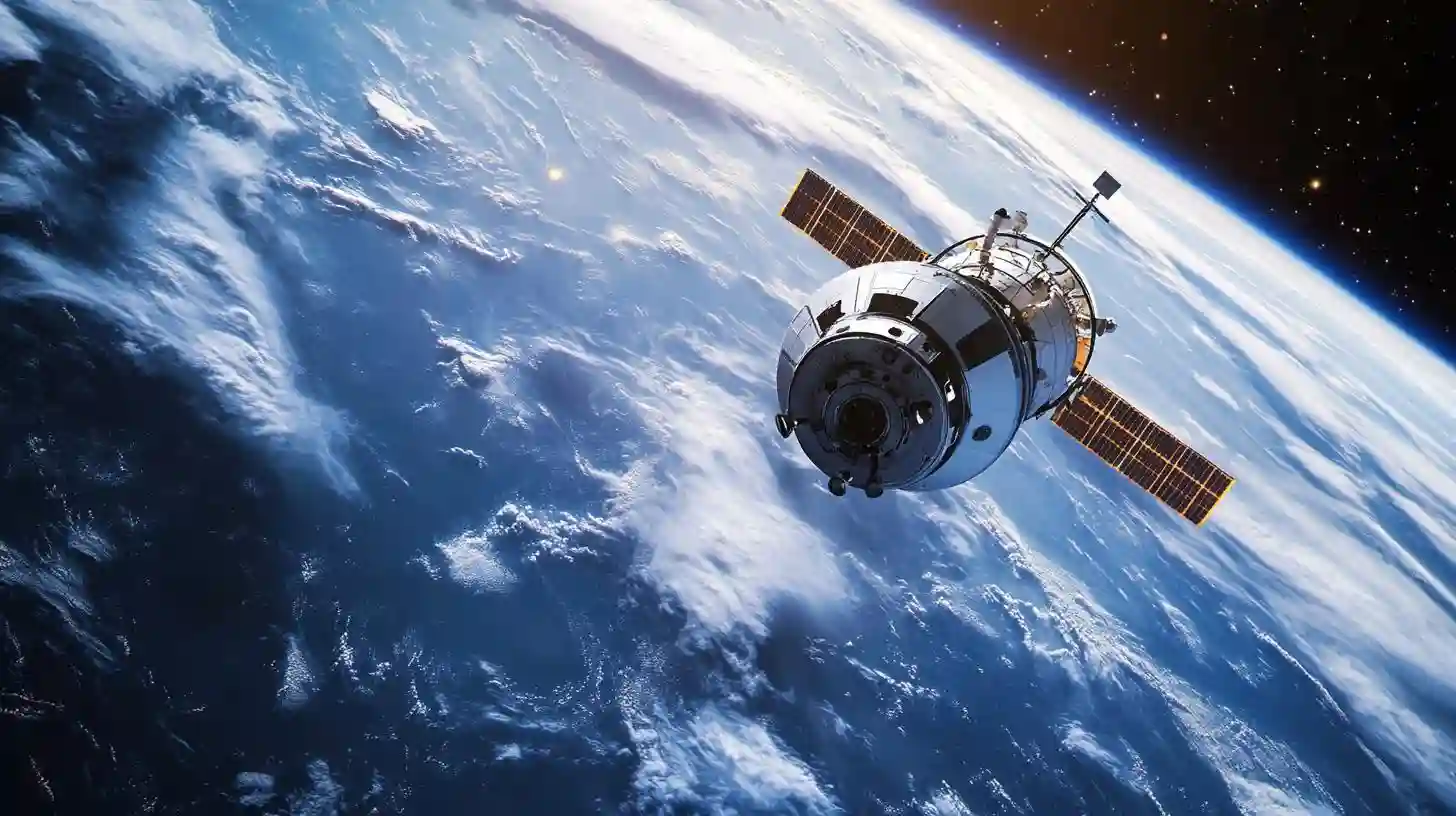
Over the years, a multitude of space missions have transcended the boundaries of our planet, redefining what we know about the cosmos and our place within it. These missions are not only scientific endeavors but also a testament to human ingenuity and collaboration. One mission that stands out is the James Webb Space Telescope, launched to uncover the mysteries of the universe by observing celestial objects farther than ever before. This next-generation telescope is designed to study phenomena ranging from the formation of stars and galaxies in the early universe to the atmospheres of exoplanets. With its advanced capabilities, it promises to revolutionize our understanding of the universe and our origins.
The Perseverance rover on Mars has captivated the world with its quest to seek signs of ancient life. Launched in a complex series of maneuvers, including a grand descent onto the Martian surface, it is equipped with an array of scientific instruments designed to analyze soil samples and search for biosignatures. Additionally, it is testing technologies to prepare for potential human expeditions to the Red Planet, marking a significant step forward in our quest to explore neighboring worlds.
SpaceX’s Starship represents a significant leap in space travel capabilities. This fully reusable spacecraft aims to carry humans to Mars and beyond, with the ambition of establishing a sustainable presence on other planets. Its innovative design allows for refueling in orbit and rapid turnaround for successive missions. As we stand on the brink of interplanetary travel, ongoing tests of Starship will play a crucial role in determining how we will expand our reach into the solar system.
Meanwhile, the Artemis program marks a new phase of lunar exploration, aiming to return humans to the Moon by utilizing advanced technologies and fostering international collaboration. This initiative not only seeks to establish a sustainable human presence on the Moon but also paves the way for future manned missions to Mars. Artemis represents a renewed focus on human space exploration, emphasizing the scientific and technological advancements that can arise from such ambitious endeavors.
The European Space Agency's Mars Sample Return mission, in partnership with NASA, aims to bring back samples from the Martian surface to Earth for detailed analysis. This unprecedented undertaking will help scientists understand the planet's geology and potential for life, and it will provide insights that can only be gleaned from laboratory examinations of Martian material. The collaboration between agencies highlights a global commitment to exploring our neighboring planet and fostering international partnerships in space exploration.
The Hubble Space Telescope continues to be a paramount source of astronomical discoveries. Launched decades ago, its observations of distant galaxies, nebulae, and exoplanets have significantly shaped our understanding of the universe. Any new technology or missions building upon Hubble’s legacy contribute to a more comprehensive view of cosmic phenomena. Researchers rely on Hubble’s wealth of data to complement ongoing and future studies, bridging the gap between observations and theoretical astrophysics.
The Voyager 1 and Voyager 2 missions, launched in the late seventies, remain a significant achievement in the history of space exploration. As the first spacecraft to enter interstellar space, they continue to send back data regarding the outer boundaries of our solar system and the heliosphere. Their long-lasting impact provides invaluable insights into solar and cosmic phenomena and inspires generations to continue exploring the unknown.
China's Tianwen-1 mission, which includes an orbiter, lander, and rover, marks an impressive achievement in planetary exploration. It successfully landed the rover Zhurong on Mars, making China the second nation to deploy a rover on the Martian surface after the United States. This mission embodies the growing interest and investment by various countries in space exploration, showcasing how international efforts are reshaping our understanding of Mars and its environment.
The DART (Double Asteroid Redirection Test) mission, a pioneering venture to test techniques for planetary defense, demonstrated how a spacecraft could redirect an asteroid by crashing into it. This experiment is crucial for developing strategies to protect Earth from potential asteroid threats, and it underscores the need for innovation in safeguarding our planet while exploring the cosmos.
Among the most audacious projects is the Breakthrough Starshot initiative, which aims to develop spacecraft capable of traveling at a fraction of the speed of light to reach the nearest star system, Alpha Centauri. By utilizing light sails propelled by powerful lasers, researchers envision sending small, lightweight probes to explore the potential habitability of exoplanets. This ambitious concept could open entirely new frontiers in interstellar exploration, highlighting the possibilities that await if we dare to dream and innovate.